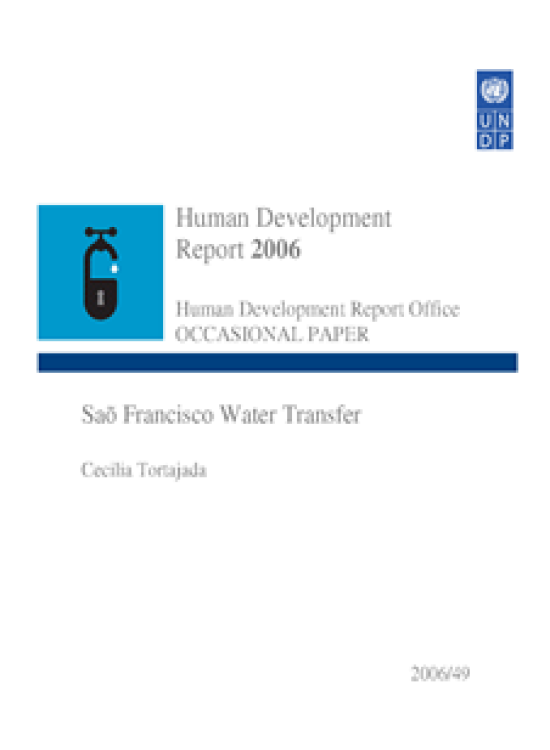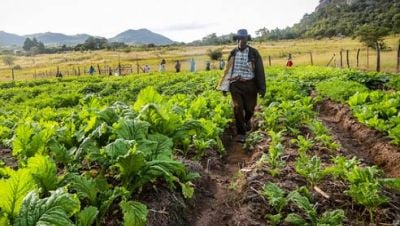Saõ Francisco Water Transfer

Download Report by Language
Document
tortajadacecilia.pdf
(69.15 KB)
Citation
Tortajada, Cecilia. 2006. Saõ Francisco Water Transfer. New York.
Saõ Francisco Water Transfer
Posted on: January 01, 2006
The São Francisco River, the longest river in Brazil with a length of 2,900 km, originates from the state of Minas Gerais in the Serra de Canastra at an elevation of about 1600 m. Thereafter, it winds 2,700 km north and east through humid and semi-arid lands of the drought polygon of the country and provides a lifeline to the region, before reaching the Atlantic Ocean. The area of the river basin is about 640,000 km2, or about 7.5 percent of the total area of Brazil. The basin includes the Federal District and five states in the northeast of the country: Alagoas, Bahia, Minas Gerais, Pernambuco, and Sergipe. Geographically, 61.8 percent of the basin is in the northeast, 37.5 percent in southeast, and 0.7 percent in the central-west parts of the country. The annual discharge of the Sao Francisco River at its mouth in the Atlantic Ocean is over 90 billion m3/s. The river is perennial in nature, as are its primary tributaries in Minas Gerais and the western part of the state of Bahia. The basin is divided into the upper, middle, lower middle, and lower sub-basins. Tributaries in the arid and semi-arid regions of the middle and lower middle sub-basins are primarily intermittent, although flood flows in these streams may cause localised problems of flooding, erosion and sedimentation which affect the entire lower portion of the river system and the coastal zone.

